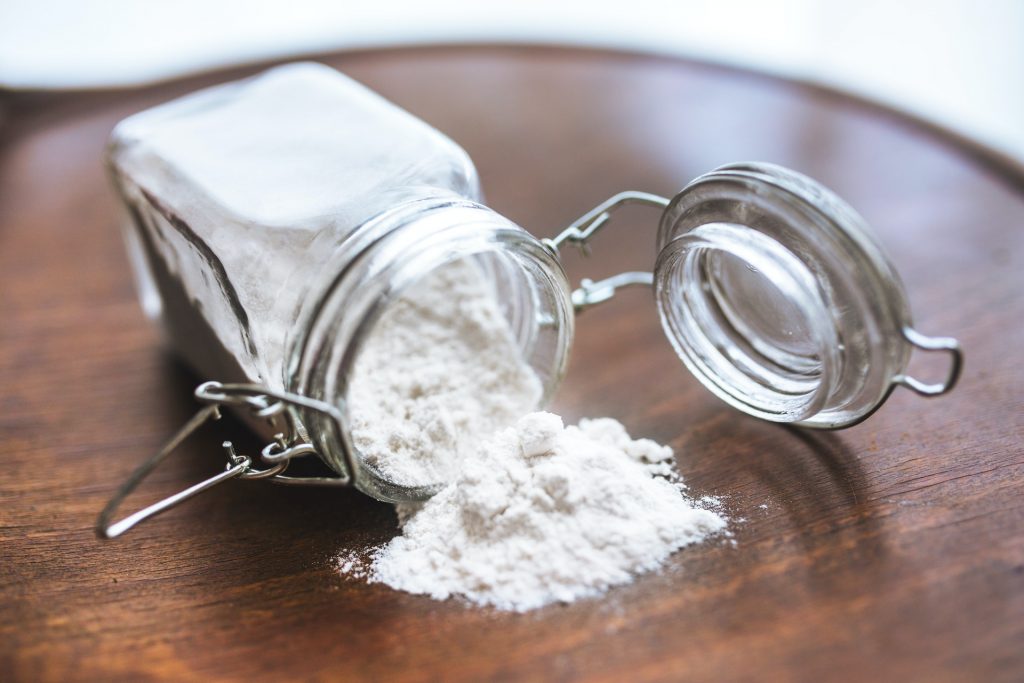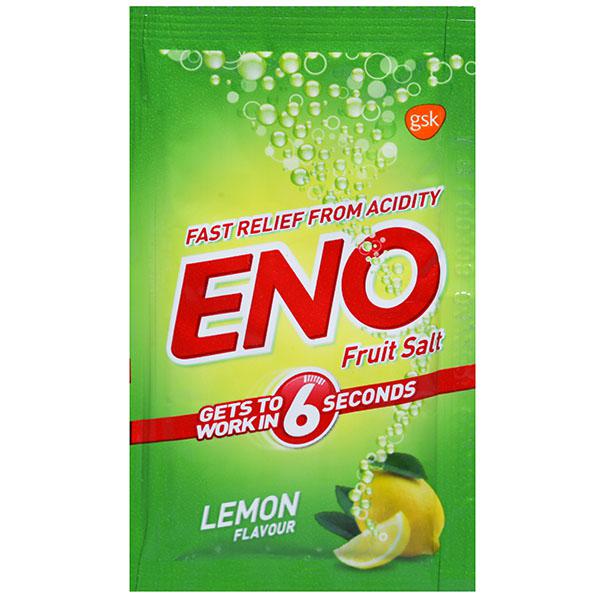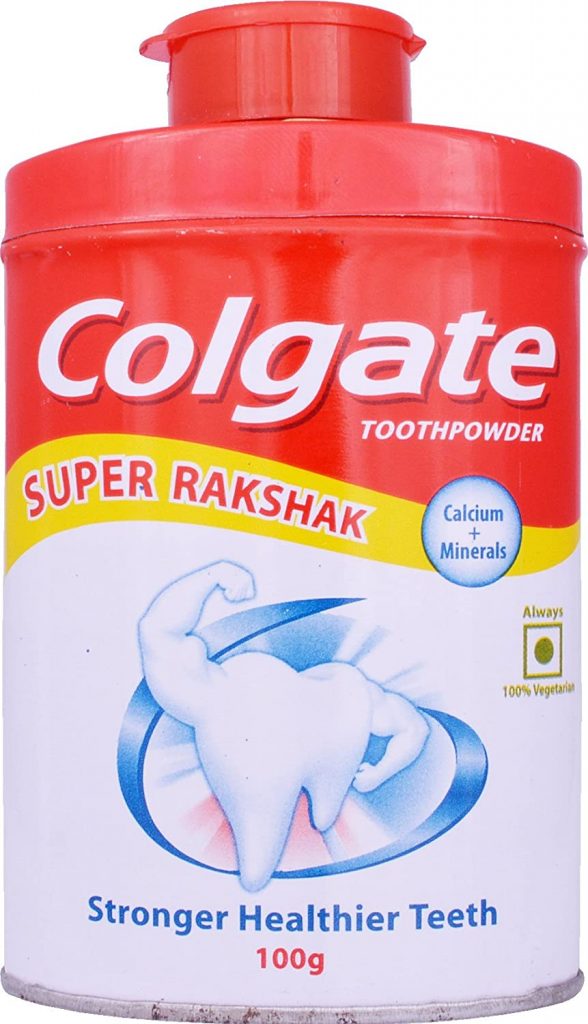Pharmaceutical Powder is a homogeneous mixture of more or less finely divided particles or material in dry form. It is a solid dosage form of medicament which are meant for internal and external uses. They are present in crystalline and amorphous forms.

Advantages of Pharmaceutical Powder:
Table of Contents
- They impart flexibility about a wide selection of drugs.
- They are stable when compared to other dosage forms.
- They show rapid therapeutic effect.
- Ease in administration to all categories of patients.
- They are economical because they do not require special techniques or machinery.
- Chances of incompatibility are less.
Disadvantages of Pharmaceutical Powder:
- Drugs having bitter, nauseous, and unpleasant taste cannot be dispensed in powdered form.
- Deliquescent and hygroscopic drugs cannot be dispensed in powdered form.
- Drugs which get affected by atmospheric conditions are not suitable for dispensing in powder form.
General Method of Preparation:
- The crystalline substances are powdered separately and then weigh the required quantity of each ingredient.
- Mix all ingredients in ascending order of their weight. Mix thoroughly to obtain a homogeneous mixture.
- Weigh a required number of powders and wrap them in the papers.
- The hygroscopic and deliquescent and volatile substance requires to be double wrapped.
- The inner wrapper should be wax paper to prevent volatilization.
Types of powders (Pharmaceutical Powder)
1. Divided Powders
a) Simple Powder
b) Compound powder
2. Bulk Powder
a) Dusting Powder
b) Effervescent Powder
c) Dentifrices
d) Insufflations
e) Snuffs
1. Divided Powder:
- These are unit dose powders normally packed properly.
(a) Simple powder:
Contains only one ingredient either in crystalline or in amorphous form. Then the finely divided powder is weighed wrapped as an individual dose.
(b) Compound powder:
Contains two or more two substances that are mixed and then divided into individual doses.
2. Bulk powders:
- Powder supplied in bulk quantities is applied by the patient according to his need. They are preferably provided in a sifter-type container.
Dusting Powder:
A powder is used on the skin to relieve irritation or absorb moisture and to keep skin soft and comfortable. Dusting powders are used externally for a local application not intended for systemic action. They are applied to various parts of the body as lubricants, protectants, absorbents, antiseptics, astringent, and antiperspirant.
Dusting powders always should be dispensed in a very fine state of subdivision to enhance effectiveness and minimize irritation.
When necessary they may be passed through 80, 100, number sieves.
Characteristics of dusting powder:
(1) Dusting powder should be homogeneous.
(2) It should have non-irritable property.
(3) It should be Free-flowing.
(4) Powder should have good spreadability.
(5) Dusting powder should have good adsorption and absorption property.
(6) Dusting powder usually contains substances as zinc oxide, starch, magnesium, carbonate, light magnesium oxide, boric acid, talc, kaolin, etc.
(7) Dusting powder should not be applied to broken skin.
Formula:
Rx
Zinc oxide – 20gm
Salicylic acid – 5gm
Starch – 25gm
Talc – 50gm
Labeling: FOR EXTERNAL USE ONLY.
Effervescent Powder:
They are specially prepared solid dosage forms of medicament meant for internal use. They contain medicament (API) mixed with citric acid, tartaric acid, and sodium bicarbonate. Saccharine may be added as a sweetening agent. Before administration the desired quantity is dissolved in water, the acid and bicarbonate react together producing effervescence (releasing CO2). This mixture should be taken while effervescing.
Preparation:
1. Fusion method 2. Wet method
(a) Fusion method: In this method, all the ingredients are placed in a porcelain dish and kept in a water bath, they release water and this moisture supports to produce a hard mass. This mass is passed through a 20 number sieve. Granules obtained are dried (60°C in the oven). Then the granules are collected and sieved again. Leading to fine granules.
(b) Wet method: Ingredients are wet with alcohol (non-aqueous solvent) and follow the same procedure.
Formula
RX
Sodium Bicarbonate – 35gm
Citric acid – 25gm
Tartaric acid – 15gm
Anhydrous sodium carbonate – 25gm
Storage: It should be packed in wax paper and doubly wrapped.

Dentifrices (Tooth Powder):
- Dentifrices are bulk powders used to clean teeth.
- They contain soap or detergent (for cleaning action), mild abrasive, and an anti cryogenic agent
- Mild abrasion can be provided by using finely Precipitated Calcium Carbonate, Sodium Chloride, Magnesium Chloride, etc.
- A strong abrasive substance should not be used as it may cause damage to the tooth.
- They are applied with the help of a toothbrush for cleaning the surface of teeth.
Formula
RX
For 100 gm tooth powder
Hard soap, fine powder – 5 gm
Precipitated calcium carbonate – 94 gm
Saccharine sodium – 2 gm
Peppermint oil – 4 gm

Insufflations:
- These are finely divided powders introduced into body cavities such as the ear, nose, throat, tooth sockets, and vagina.
- An insufflator is employed to administer these products.
- It sprays the powder into a stream of finely divided particles all over the site of application.
- Pressure aerosols also have been employed as a means of administering insufflations, especially for potent drugs.
Snuffs:
These are finely divided solid dosage forms of medicament which are inhaled into nostrils for its antiseptic, bronchodilator, and decongestion actions. Traditionally, it is sniffed or inhaled lightly after a pinch of snuff is either placed onto the back surface of the hand, held pinched between thumb and index finger, or held by a specially made “snuffing” device. Snuff comes in a range of texture and moistness, from very fine to coarse, and from toast (very dry) to very moist.
Make sure you also check our other amazing Article on : Pediatric Dosage Calculations Formula